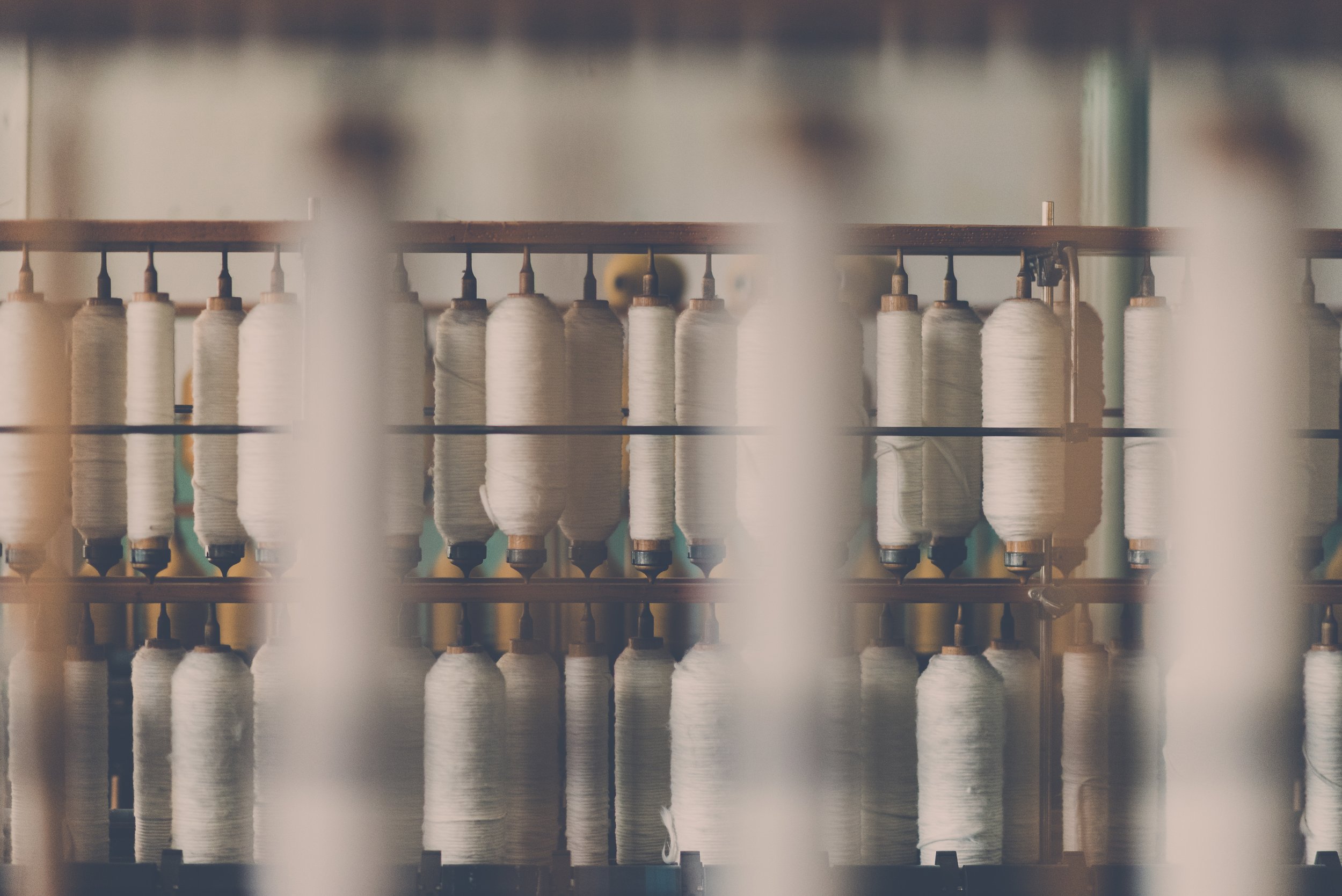Rana Plaza: The high cost of cheap clothes
The morning of 23 April 2013 started much like every other. In Dhaka, Bangladesh, thousands of garment workers made their to the factories on the outskirts of the city to start the working day. Many of those workers arrived at the Rana Plaza factory, an eight-story building housing a bank, several shops and five garment factories. Machinists, helpers, line managers, cleaners, quality-inspectors, supervisors and cutting masters took up their stations and got to work; the deadline for a large order was looming. At around noon the hum of machines died down and the workers slowly filed out for their lunch break as normal, but the day was about to take an unusual turn. Deep cracks had been discovered in the load-bearing columns on several floors of the building and an engineer summoned to survey the damage had deemed the building unsafe. The entire building was shut down and when workers returned from their lunch break, they were sent home for the day.
The Rana Plaza factory was one of many buildings that had expanded to meet the global demand for cheap clothing. When trade bans were lifted in 1970, the garment industry in Bangladesh boomed and thousands of buildings sprang up all over Dhaka with minimal regard to safety. Floors had been illegally added to the top of the Rana Plaza building using poor quality construction materials, and huge, vibrating generators were set up to keep the flow of production going during the daily recurrent power cuts.
In these factories, profit is king.
Deadlines must be met at all costs to avoid strict penalties being imposed. It's not uncommon for staff to work 12-14 hour shifts, 6 days a week. On that day when they were sent home, the workers knew that the cracks in the building must be serious if they were enough to warrant a halt in production.
However, overnight the situation appeared to change. The following morning, although the bank and shops on the ground floor of Rana Plaza remained closed, the five garment factories on the floors above re-opened for business. Workers were summoned back with reassurances from management that after further inspection the building had been found to be safe, despite no formal investigation having taken place. While some workers chose to stay away, many others made their way to work but refused to enter the building. A large crowd gathered outside as workers remained unconvinced that it was safe to enter. With tension mounting, management resorted to threats of withholding the pay of any worker who refused to get back to work. It was nearing the end of the month when bills would be due, and this was a serious threat in a city where the minimum wage for garment workers is already outweighed by the cost of living.
The workers' fears over their safety were not unfounded. In 2005, a garment factory in Dhaka had collapsed, killing 64 people making clothes for Western retailers. Between 2005 and April 2013, fires in Bangladesh's garment factories had killed an estimated 600 people. Unfortunately on that morning, despite growing unease about the situation, the lack of a unified voice of protest - with no union representation - meant that the workers eventually ran out of options. Reluctantly, the crowd filtered into the building and each person took up their station. The atmosphere was tense as the machines fired up; having already lost half a day’s work, everyone was under pressure from management to work at speed.
Not long after work began, the power cut out and the generators started up. At almost exactly the same time, the workers’ worst fears were realised as a loud crack resounded through the building and everything went black. Within seconds, the walls and the ceilings of the floors above came crashing down as the concrete pillars supporting each floor ruptured. The entire building collapsed, leaving nothing but the ground floor intact. Workers were trapped under the concrete; some crushed to death instantly, others trapped for days in excruciating pain. The rescue effort was inefficient and unorganised; many people who were trapped inside died while waiting to be saved.
Described as the biggest industrial disaster of the last century, the death toll reached more than 1,130 people. Over twice as many people were injured, some of whom now live with permanent disability. The Rana Plaza collapse turned the world’s attention to the appalling working conditions of the people who make the clothes that fuel fast fashion; an insatiable industry that places profit above all else. Amid the rubble were items of clothing that had been destined to end up neatly displayed in well-known Western stores. The tragedy that unfolded on that morning revealed the human faces and hands behind the clothes we wear, and the high cost they pay so we can enjoy cheap fashion. It's not a picture most brands want us to see.
As consumers of fashion we shouldn't underestimate the power we have to hold the fashion industry to account.
So what exactly can we do? When it comes to building an ethical and sustainable wardrobe, buying from brands who align themselves with your values is a good start, but we don't have to stop there. We can also call on our favourite high street brands to change, to innovate, to hold themselves to higher standards.
The Fashion Revolution movement was born on the day the Rana Plaza factory collapsed and every year, Fashion Revolution Week takes place in April to mark the anniversary. It's a global event that encourages consumers to challenge brands to be more transparent, by asking them to reveal more about the people who make our clothes. Year on year, the movement is growing and more and more brands are paying attention.
At Together Street we believe that our actions can bring about powerful change when we do them together; why not get involved this year and ask your favourite brands #whomademyclothes?

